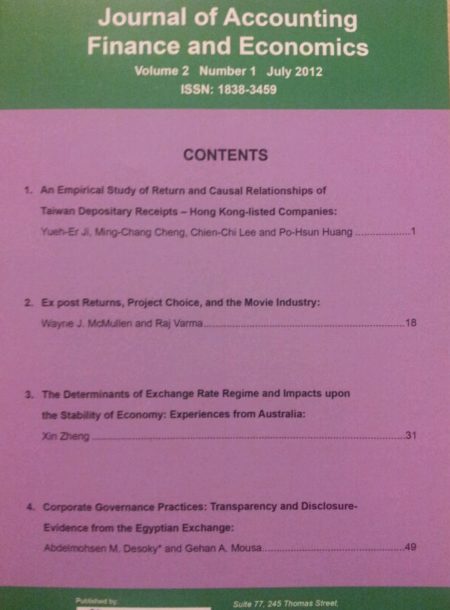Journal of Accounting, Finance and Economics
Vol. 8. No. 3., September 2018, Pages: 35-57
Disaster Risk and Impact of Urbanization of Megacities in Bangladesh: Evidence from Dhaka and Chittagong
Samiyah Haque, Sakib B. Amin and Sunny Rabiul Karim
Two major trade cities in Bangladesh, namely Dhaka and
Chittagong, have undergone rapid rates of urbanization in the past
decade. This is a good sign as many academics, policy makers and
economists regard rapid urbanization as an important indicator of
the country’s development. One of the causes of urbanization is the
shift of labour from rural areas to urban areas. This implies that
labour is shifting from the primary sector to the manufacturing sector
or service sector, which provides them with a better standard of
living due to higher wages earned. However, this also makes Dhaka
and Chittagong highly vulnerable to disaster risk. This is because,
the high density of people and assets in a particular area may lead
to significant loss of life and capital accumulated through years of
development efforts. Over the past decade, Bangladesh has
experienced an increase in frequency of natural disasters.
According to the Global Climate Risk Index (2015), Bangladesh has
been ranked 6th in the world based on vulnerability of Climate
Change. As a result, proper disaster risk management measures
are necessary to mitigate the adverse effect of disasters in Dhaka
and Chittagong. The paper finds a positive correlation between
disaster risk and the rate of uncontrolled rural to urban migration in
most countries. However, in some countries like Nicaragua, there is
a negative correlation between disaster risk and the rate of rural to
urban migration. In Dhaka, there is a strong positive linkage
between the country’s exposure to disaster risk and the rate of
urbanization in Dhaka and Chittagong.

